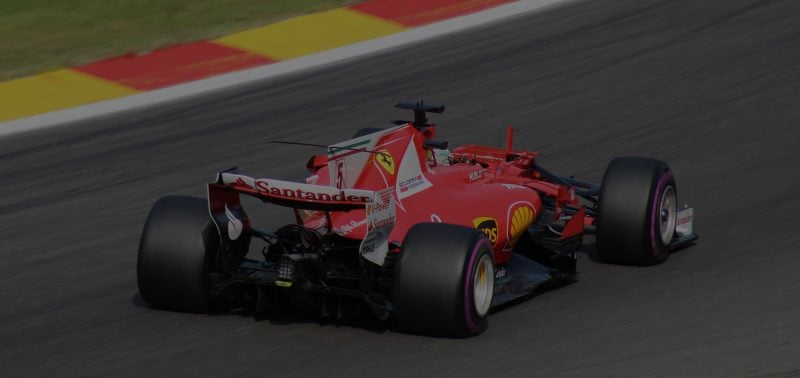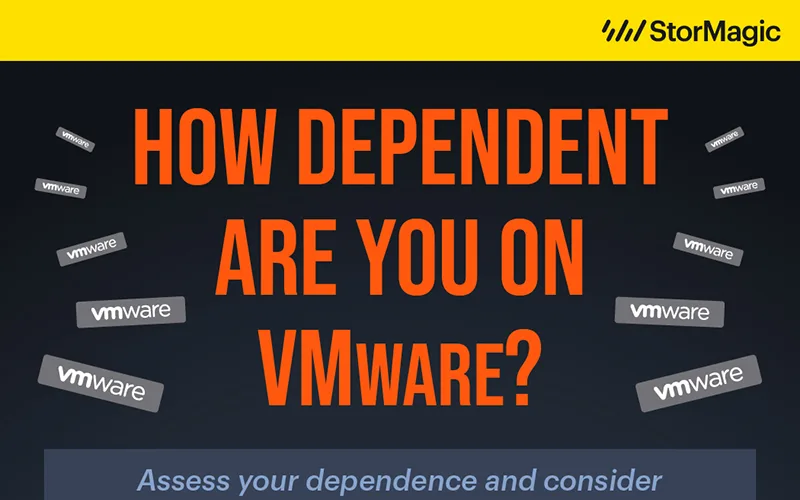Formula 1 auto racing relies on gifted drivers in peak physical condition, paired with extremely advanced technology. In a sport where every hundredth of a second counts, decisions such as when to pit the car are crucial and require very fast decision-making and data processing. Can that capability be delivered by using a virtual SAN in Formula 1?
F1 requires powerful and agile infrastructure. While some race teams adopt cloud systems, other teams have harnessed hyperconverged infrastructure in the search for every possible competitive advantage. The highly available shared storage provided by a virtual SAN in a hyperconverged stack ensures a team can process and site their data storage locally at the race circuit, without having to rely on cloud networks and bandwidth limitations.
Why using a virtual SAN in Formula 1 makes sense:
- Eliminate downtime – Highly available infrastructure is an absolute necessity in Formula 1 auto racing. Downtime in data processing on the track would have truly disastrous consequences. Virtualizing the storage and sharing it across two or more servers ensures a highly available system, which eliminates the threat of downtime and disruption.
- Flexible – Like many edge computing environments, on-track F1 analysis is reliant on high performance software. However, this does not mean that teams need to invest in advanced hardware for data storage. A virtual SAN solution has the potential to be hardware agnostic, providing highly available storage across any two servers and is flexible to changing capacity and performance needs, without impacting availability.
- Simple – In a sport that requires rigorous testing and development and relies on a perfectionist level of attention to detail, the last thing a team needs is to be constantly managing and adjusting their data processing and storage systems. It needs to be simple to deploy, easy to manage, and reliable.
Formula 1 and motorsport in general are not a typical edge environment: the required infrastructure is much more than a typical edge site, which processes far less data and has lower performance requirements. However, the deployment of hyperconverged infrastructure in elite-level auto racing has demonstrated the scalability of edge computing and shown how it can be adopted to create highly available, lightweight storage, without having to rely on the cloud to manage the huge amounts of data produced at the track side.
In an era of marginal gains, using a virtual SAN in Formula 1 as part of a hyperconverged infrastructure stack could be the factor that gives a team the edge over its competition.
StorMagic SvSAN is a lightweight and cost-effective virtual SAN. Whether you’re in motorsport, or any other industry, to find out more about how SvSAN could give your team the edge over the competition, check out the SvSAN data sheet. Alternatively, witness the software in action by booking a live demo, or simply emailing [email protected]




